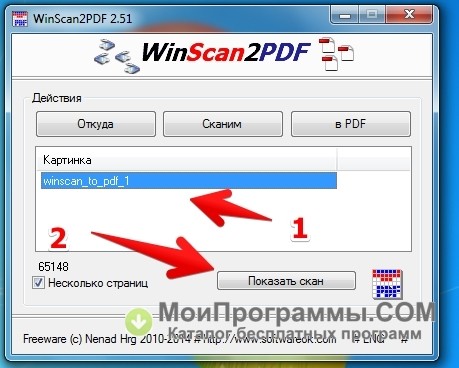

This issue has been reported when older versions of the Cisco VPN client and the SonicWall Global VPN client are used. Note If the resolution in this article did not fix your issue, or if you received error message when performing the steps, contact Microsoft Support. Right-click Command Prompt, and then select Run as administrator, To fix this issue manually, follow these steps:Ĭlick Start, and then type command prompt.

In the window that opens, follow the instructions to run the troubleshooter. Note If you are prompted with a security warning, select Yes to start the troubleshooter.

Note If the computer does not have an Internet connection, download the troubleshooter, save it to a removable disk, and then copy it to the computer. To fix this issue automatically, follow these steps: To fix this issue, Microsoft has created a troubleshooter. Before you change it, back up the registry for restoration in case problems occur. Serious problems might occur if you change the registry incorrectly. Important Follow the steps in this section carefully.

Older software versions contain a filter driver (the Deterministic Network Enhancer) that is not upgraded correctly. This issue may occur if unsupported VPN software is installed in Windows 8.1 and is present during the upgrade to Windows 10. This affects connections that are made through either a built-in Ethernet adapter or a USB Ethernet adapter. This problem may also prevent wired Ethernet connections from functioning correctly. If you restart the computer or try to reinstall the wireless network adapter driver, this does not fix the problem. This is true even when the wireless network adapter seems to function correctly. When you upgrade this computer to Windows 10, it may no longer be able to detect a wireless connection. You have a Windows 8.1-based computer that has virtual private network (VPN) software installed.


 0 kommentar(er)
0 kommentar(er)
